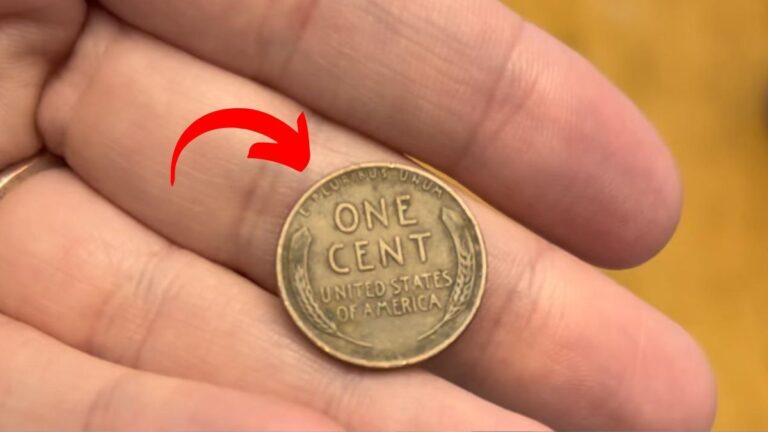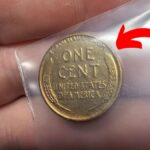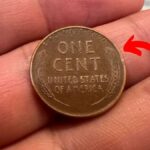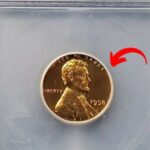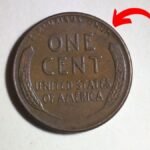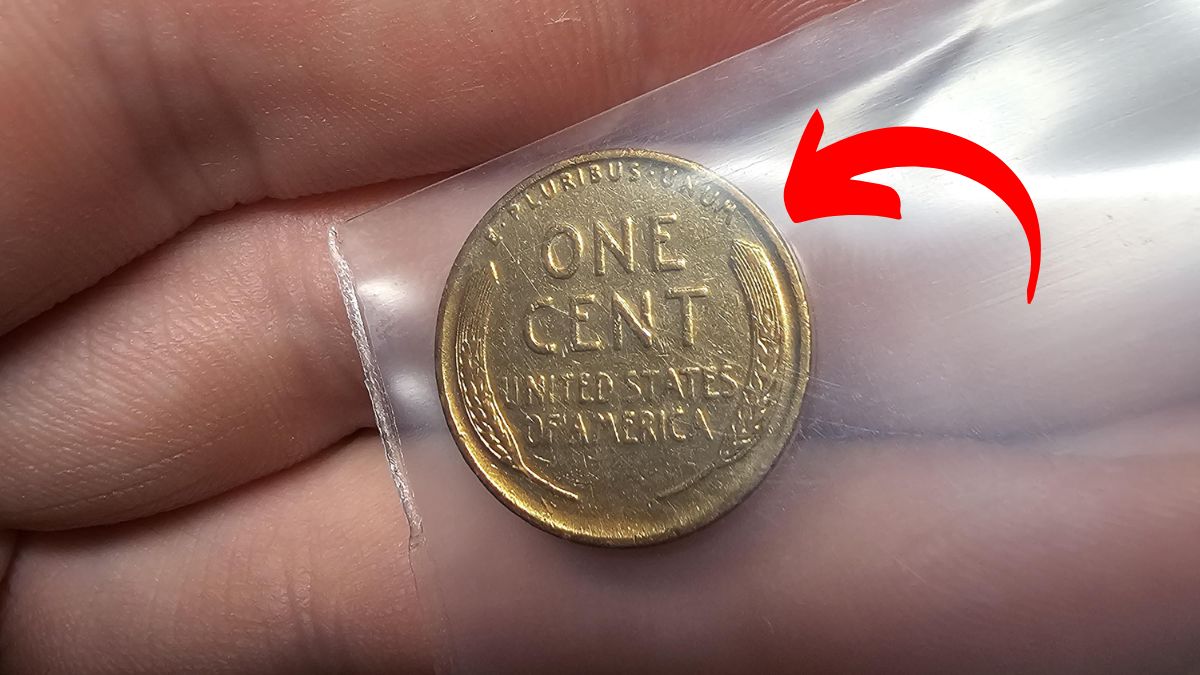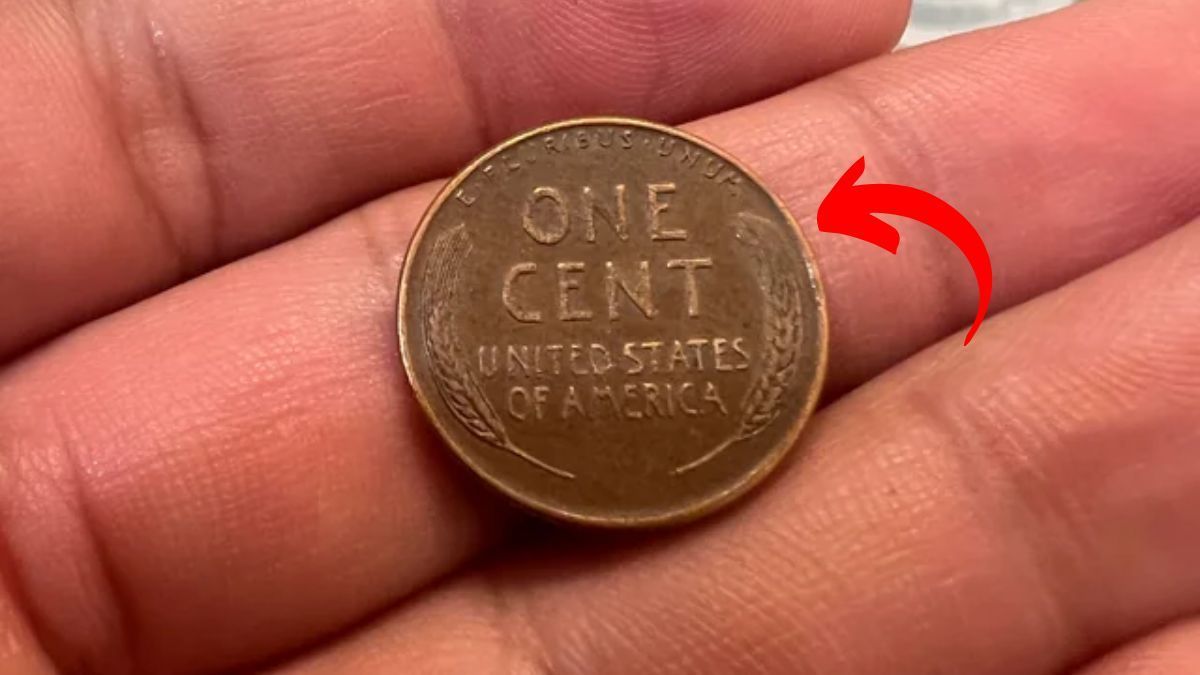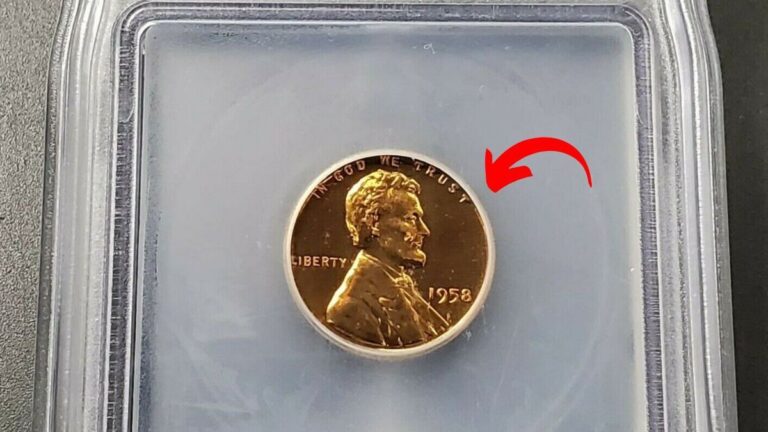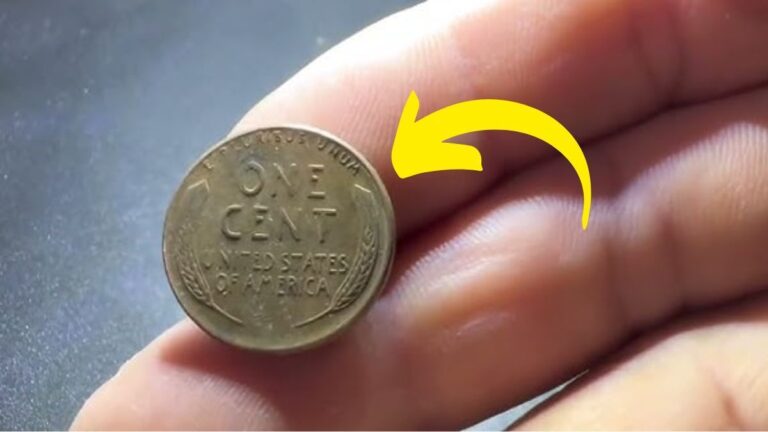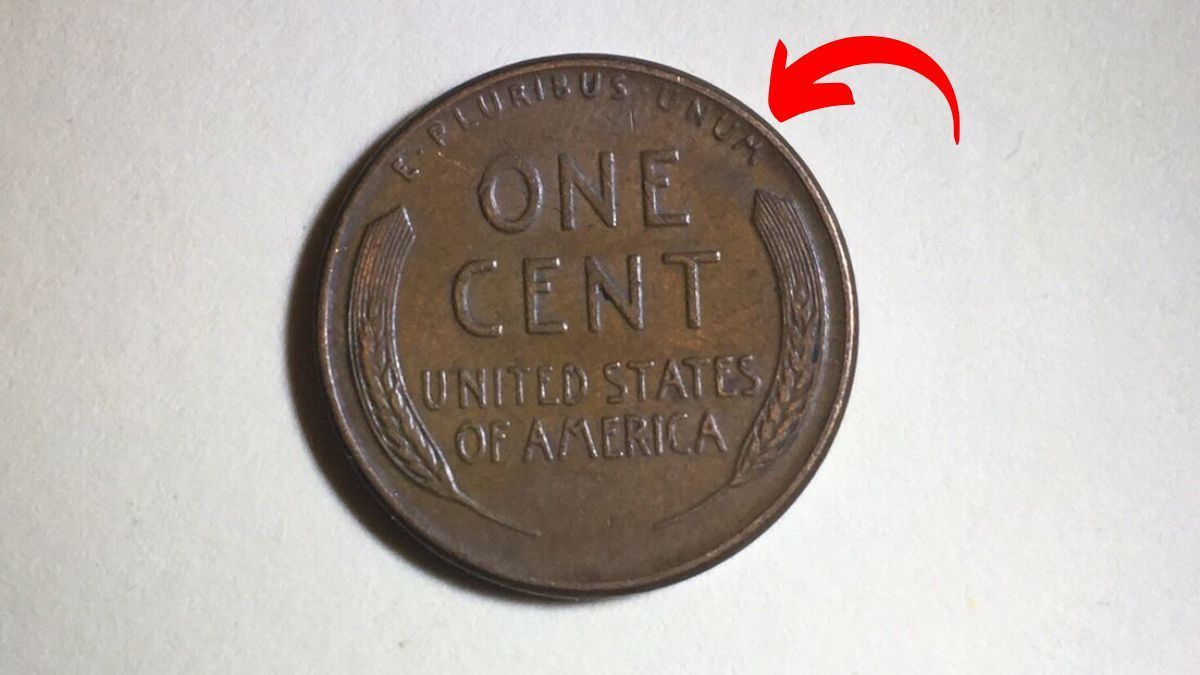Lincoln Wheat Penny Valued at $12 Million: A remarkable treasure hunt is underway across America, capturing the imagination of both serious collectors and ordinary citizens alike. A rare Lincoln Wheat Penny, valued at an astonishing $12 million, is believed to still be in circulation somewhere in the country. This extraordinary possibility has people everywhere examining their pocket change with newfound attention and excitement. The thought that such a valuable coin could be hiding in plain sight—perhaps in your wallet, purse, or forgotten coin jar—has created a genuine coin-hunting frenzy. Could you be the fortunate person who discovers this numismatic treasure worth millions? The answer might be sitting among the ordinary pennies you handle every day.
The Story of the Lincoln Wheat Penny
The Lincoln Wheat Penny holds a special place in American coinage history. First introduced in 1909 to commemorate the 100th anniversary of Abraham Lincoln’s birth, these distinctive coins were produced continuously until 1958. The classic design features Lincoln’s profile on the front side, while the reverse displays two wheat stalks elegantly framing the words “ONE CENT” and “UNITED STATES OF AMERICA.” For nearly fifty years, these coins passed through countless hands in daily commerce, making them one of the most recognizable pieces of American currency. While millions were minted over this period, certain rare varieties have become extraordinarily valuable due to their unique characteristics, limited numbers, or production errors.
What Makes This Penny Worth Millions
What transforms an ordinary one-cent coin into a $12 million treasure is a fascinating historical mistake. The penny in question is a 1943 bronze (or copper) cent, created during a critical period in American history. During World War II, copper was designated as a strategic metal essential for military equipment and ammunition. To conserve this vital resource for the war effort, the U.S. Mint switched to producing pennies made from zinc-coated steel for that year. However, a few bronze planchets (the metal disks that become coins) were accidentally left in the coin presses. These rare bronze 1943 pennies, mistakenly struck when production should have been exclusively steel, became instant rarities that are now among the most valuable U.S. coins in existence.
The Mystery of Its Continued Circulation
Many people wonder how such an incredibly valuable coin could remain in general circulation after so many decades. Numismatic experts point to several explanations for this fascinating phenomenon. Sometimes valuable coins are unknowingly spent by heirs clearing out a deceased collector’s belongings. In other instances, rare coins are mixed into ordinary change during bank deposits of old coin collections. The general public’s unfamiliarity with rare coins also contributes to this situation—most people don’t scrutinize their pennies carefully, allowing even extremely valuable specimens to pass through many hands unrecognized. If the coin hasn’t been discovered and removed from circulation by a knowledgeable collector, it could still be out there, waiting to be found.
How to Identify the $12 Million Penny
Knowing exactly what to look for is essential if you hope to discover this valuable treasure. The most important feature is the date—the rare penny was minted in 1943. Next, check the material and color. While most 1943 pennies have a silvery appearance due to their steel composition, the valuable version has the traditional reddish-brown copper color of regular pennies. A simple but effective test involves using a household magnet—the common steel pennies will stick to it, while the rare copper version will show no magnetic attraction. The weight provides another reliable indicator, as the copper penny weighs approximately 3.11 grams compared to the lighter steel version at about 2.7 grams. Additionally, check for the mint mark beneath the date, as examples from all three mints (Philadelphia with no mark, Denver with “D”, and San Francisco with “S”) are extremely valuable.
Where This Valuable Penny Might Be Found
The exciting aspect of this numismatic treasure hunt is that the rare penny could potentially turn up anywhere coins change hands. It might be sitting in a cash register drawer at your local convenience store, mixed in with other coins in a tip jar, or hiding in plain sight in your own collection. Many valuable coins have been discovered in the most unexpected places—from rolls of coins obtained from banks to loose change received at grocery stores. Some fortunate individuals have found rare coins in inherited collections, forgotten piggy banks, or even in sofa cushions. The key is developing the habit of examining your pennies rather than automatically tucking them away or spending them without a second glance.
What to Do If You Think You’ve Found It
If you believe you may have discovered this extremely valuable Lincoln Wheat Penny, proper handling becomes crucial to preserving its worth. First and foremost, avoid cleaning the coin in any way, as this can significantly reduce its value to collectors who prize original surfaces. Store it carefully in a non-abrasive holder that won’t scratch or damage it. The next essential step is authentication by professional numismatists at recognized grading services such as Professional Coin Grading Service (PCGS) or Numismatic Guaranty Corporation (NGC). These experts can verify whether your discovery is genuinely the rare 1943 bronze penny or one of the many counterfeits that exist. If authenticated, consider selling through a reputable auction house that specializes in rare coins, where serious collectors compete for these numismatic treasures.
Other Valuable Lincoln Wheat Pennies Worth Finding
While the 1943 bronze penny represents the pinnacle of Lincoln cent values, several other wheat pennies command impressive prices as well. The 1909-S VDB penny, featuring designer Victor David Brenner’s initials on the reverse, can sell for over $100,000 in excellent condition. Another wartime anomaly, the 1944 steel penny (when production had officially switched back to copper), can fetch up to $1 million. The 1955 Double Die penny, showing a distinct doubling of the date and lettering due to a minting error, regularly sells for thousands of dollars. These examples demonstrate that valuable coins aren’t limited to the ultra-rare 1943 bronze cent, giving collectors multiple treasures to search for in circulation.
The Thrill of the Hunt Continues
The possibility of finding an extremely valuable coin in everyday change creates a unique form of treasure hunting accessible to anyone. Unlike searching for gold nuggets or buried treasure, this adventure requires no special equipment or travel—just careful attention to the coins that pass through your hands daily. Many collectors began their hobby after discovering an interesting coin in circulation, which led to a lifelong passion for numismatics. Even if you never find the legendary $12 million penny, the search itself can provide education, excitement, and the development of an eye for detail that enriches ordinary experiences. The next time you receive a handful of change, take a moment to look closely—you never know what might be hiding in plain sight.
Disclaimer
This article is provided for informational purposes only. While efforts have been made to ensure accuracy, coin values fluctuate based on market conditions, collector interest, and individual specimen quality. The $12 million valuation represents estimated auction potential for authenticated examples in excellent condition and should not be considered guaranteed. Many counterfeit 1943 copper pennies exist, including altered dates or copper-plated steel cents. Professional authentication is essential before making purchasing decisions or celebrating a potential discovery. Remember that cleaning or altering coins can dramatically reduce their collector value. If you believe you’ve found a rare coin, consult with reputable numismatic experts for proper evaluation and guidance. The author and publisher make no guarantees regarding the discovery of valuable coins and recommend due diligence in researching and authenticating any potentially valuable numismatic items.
